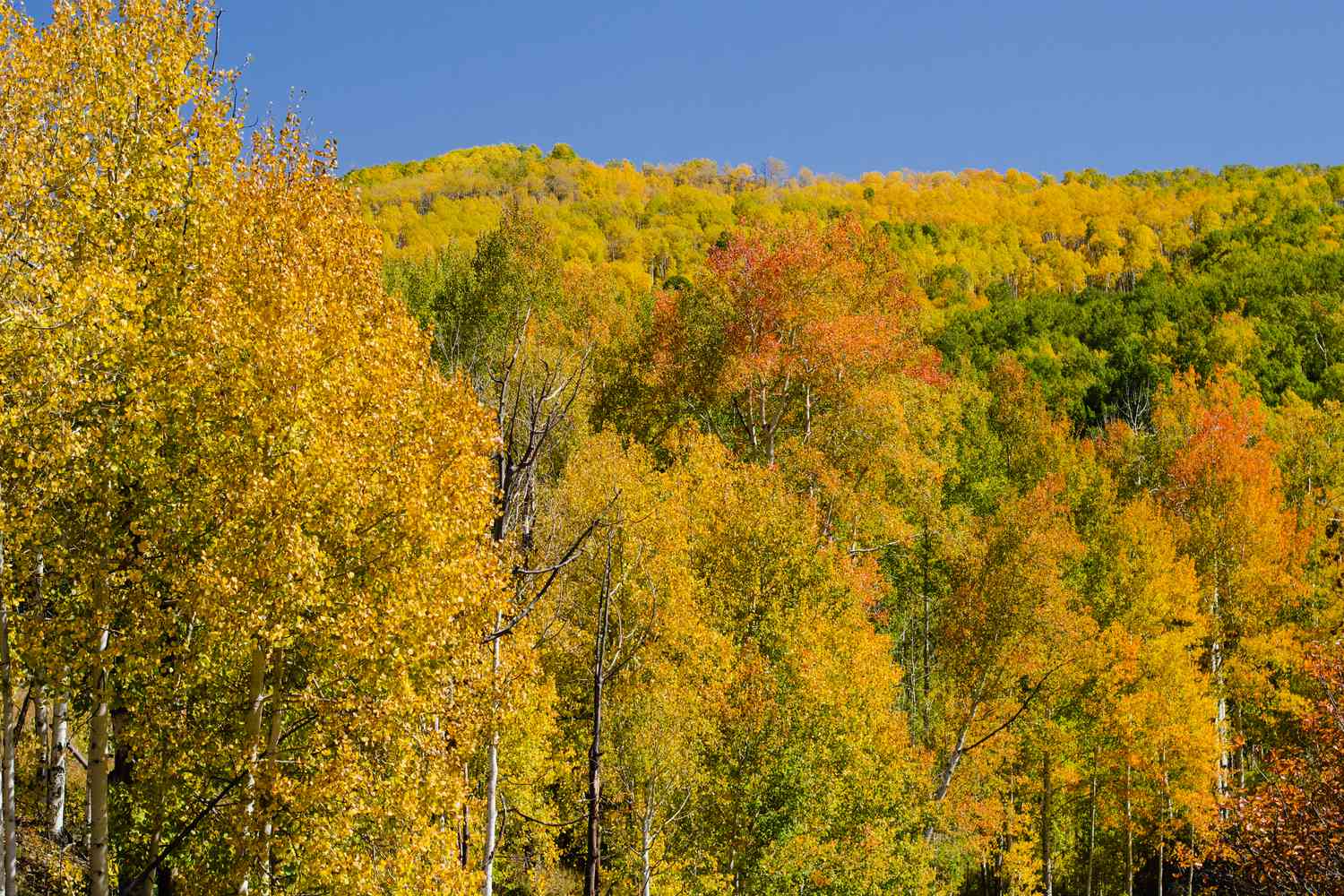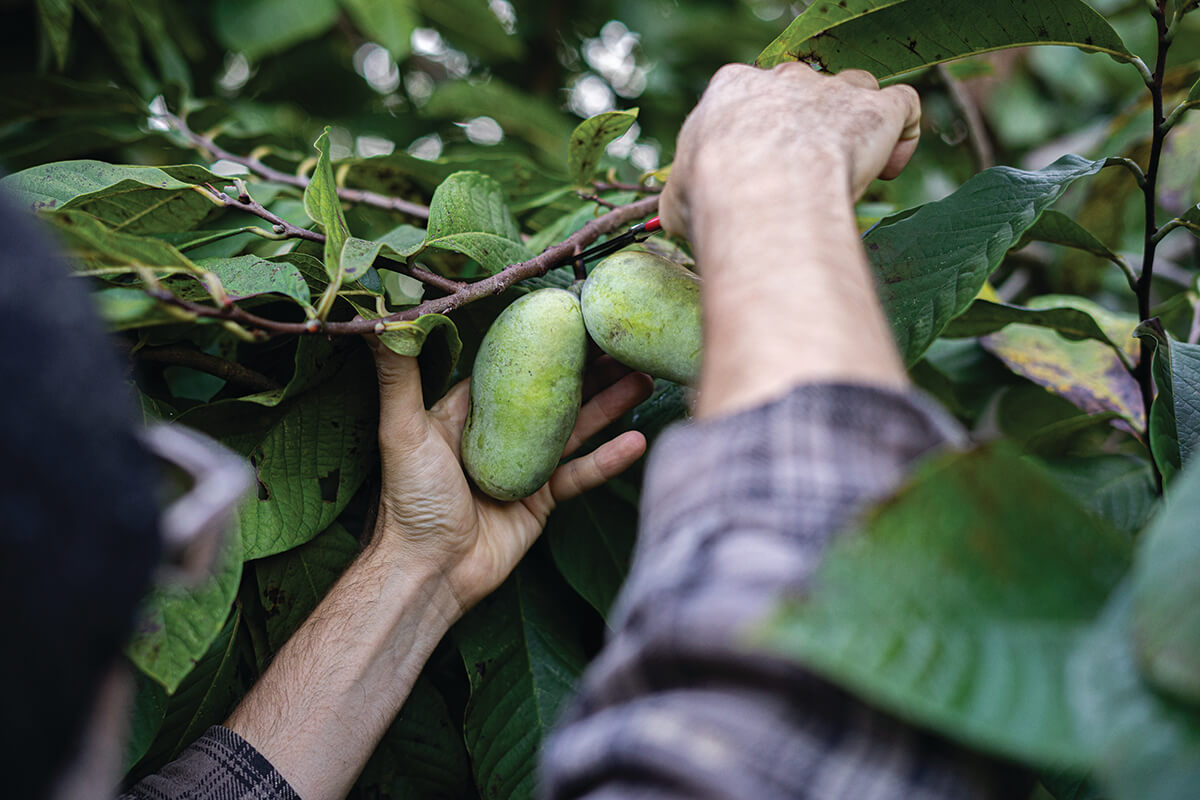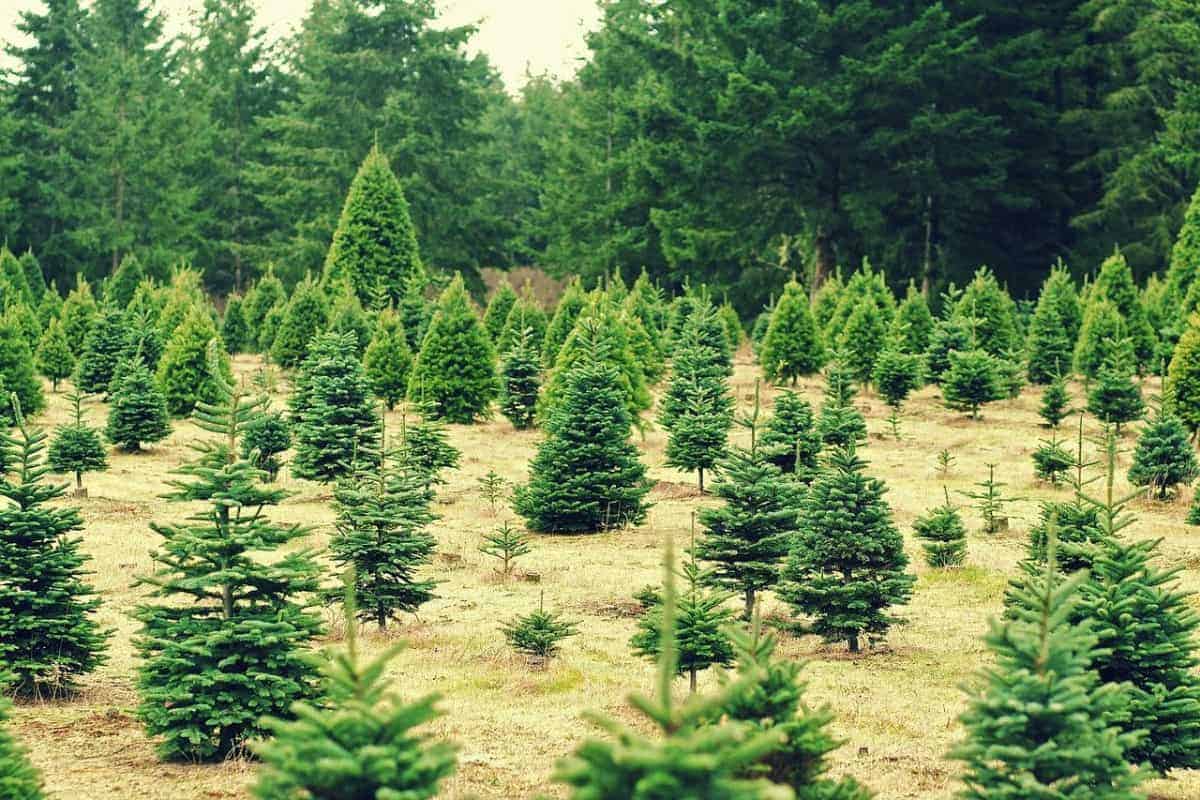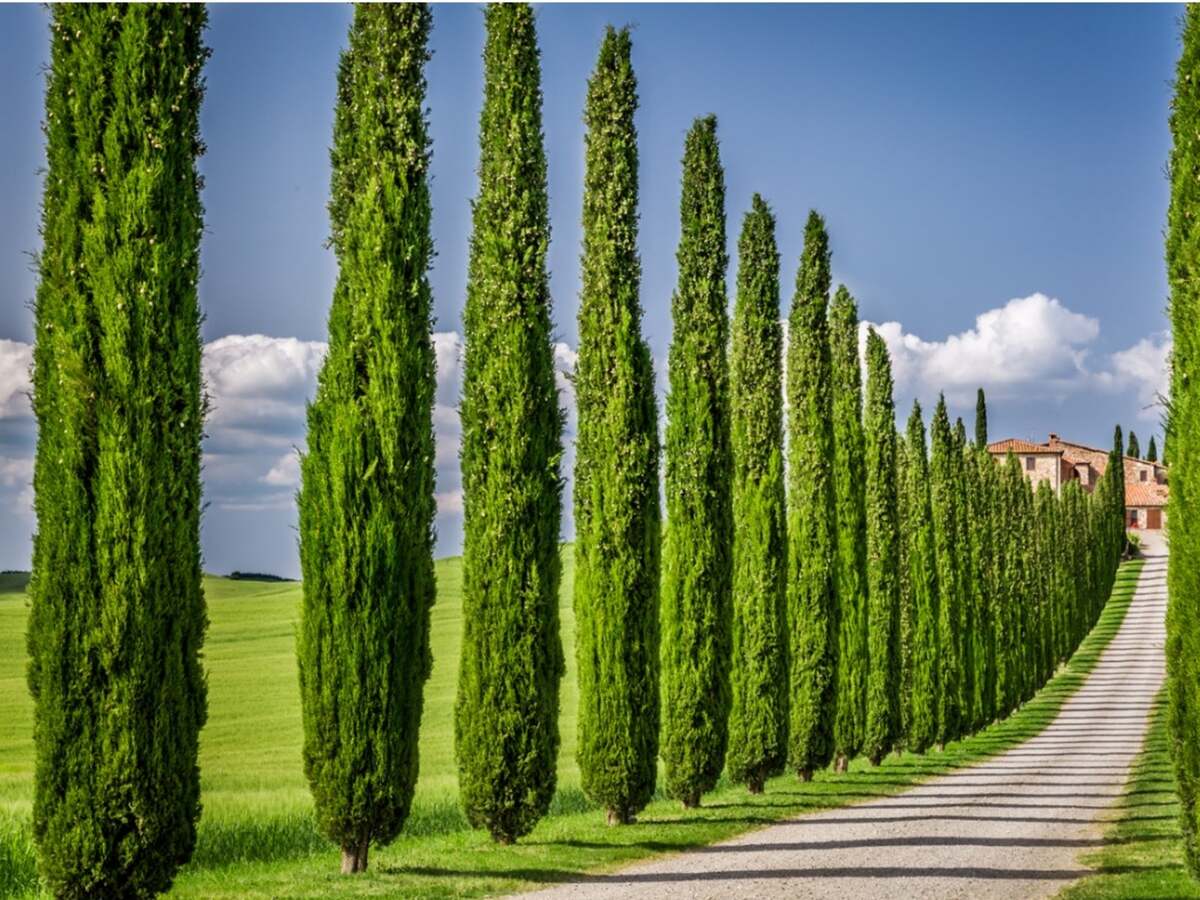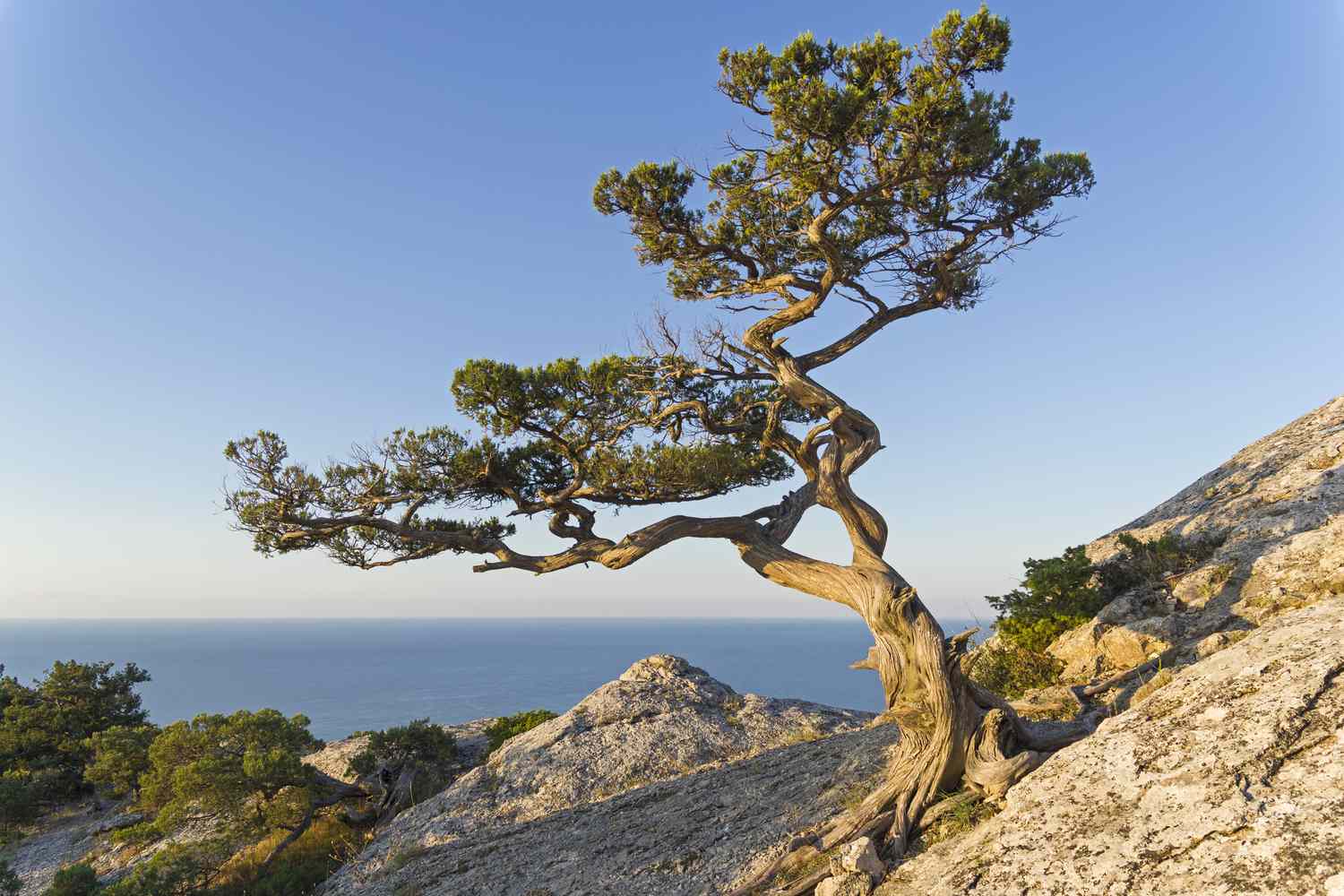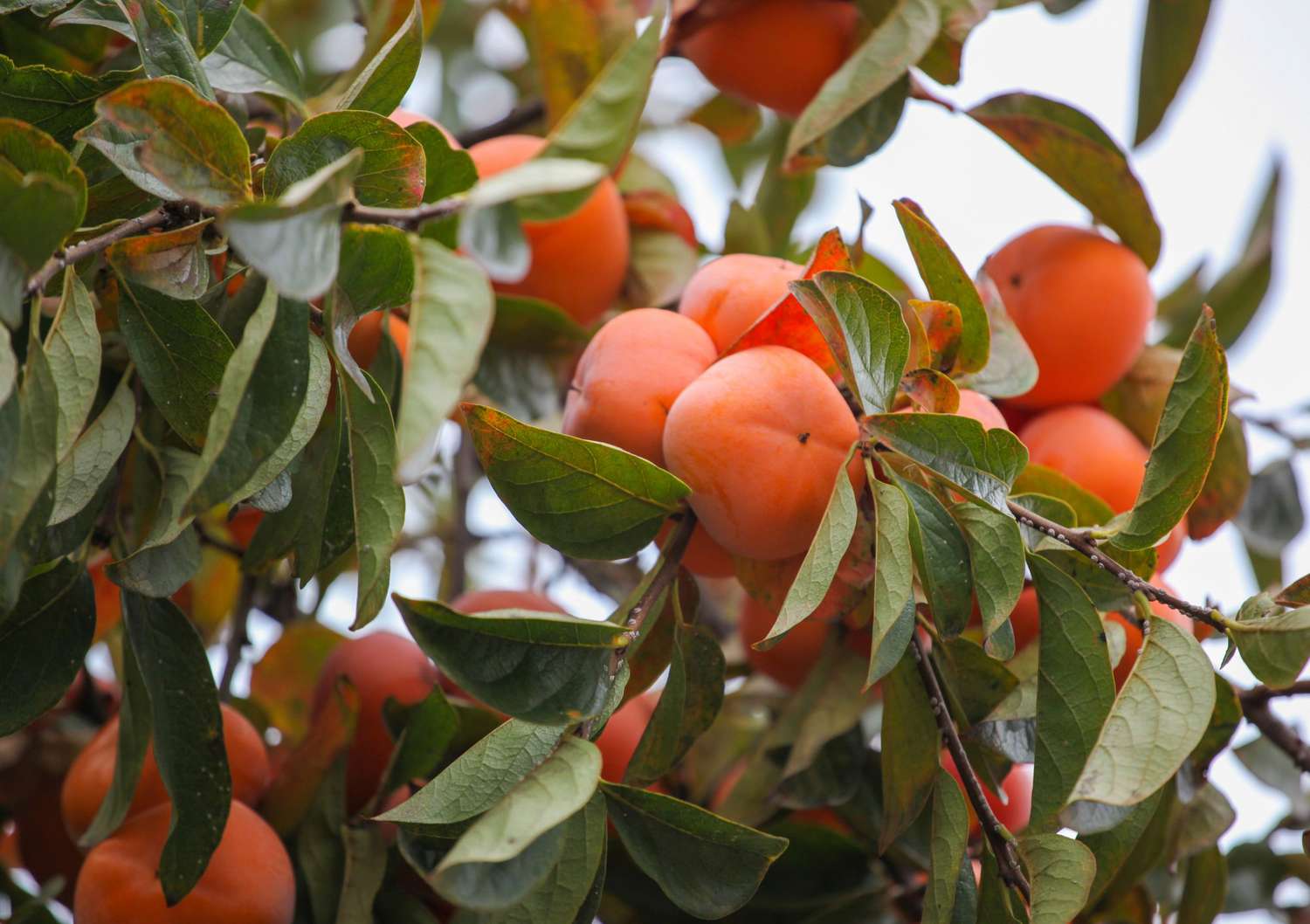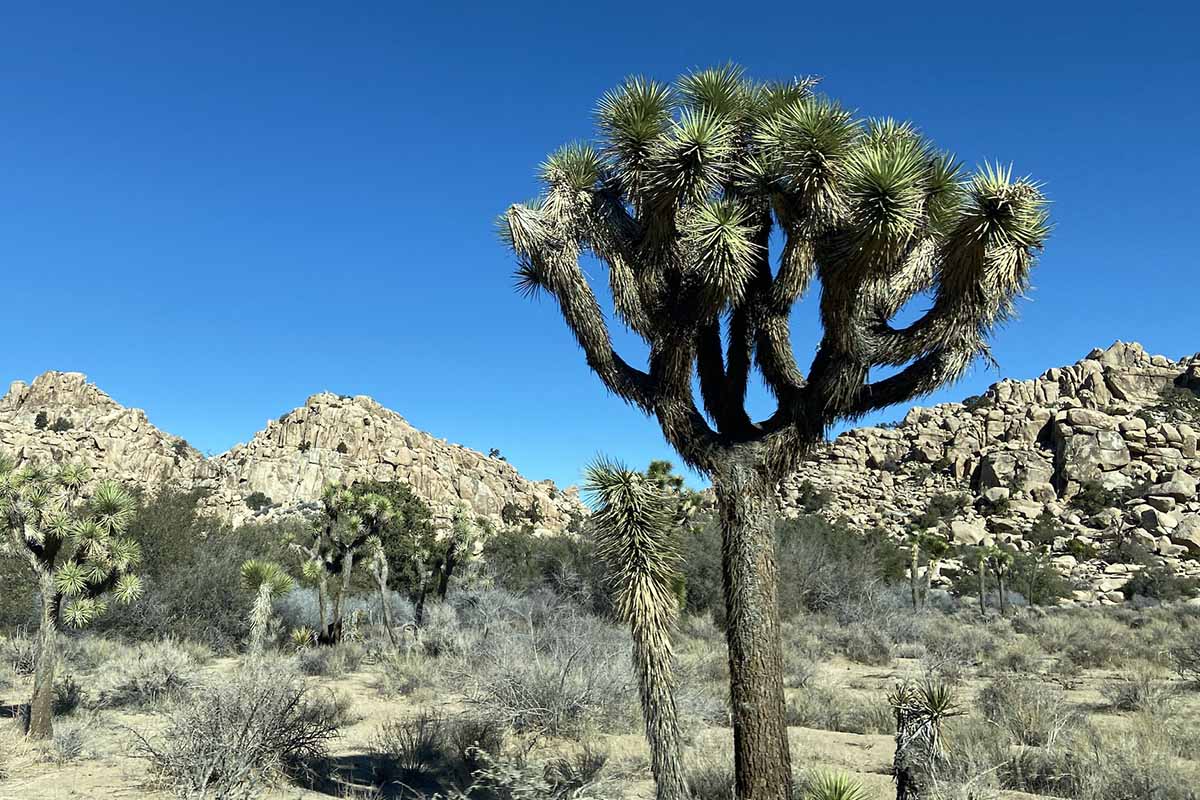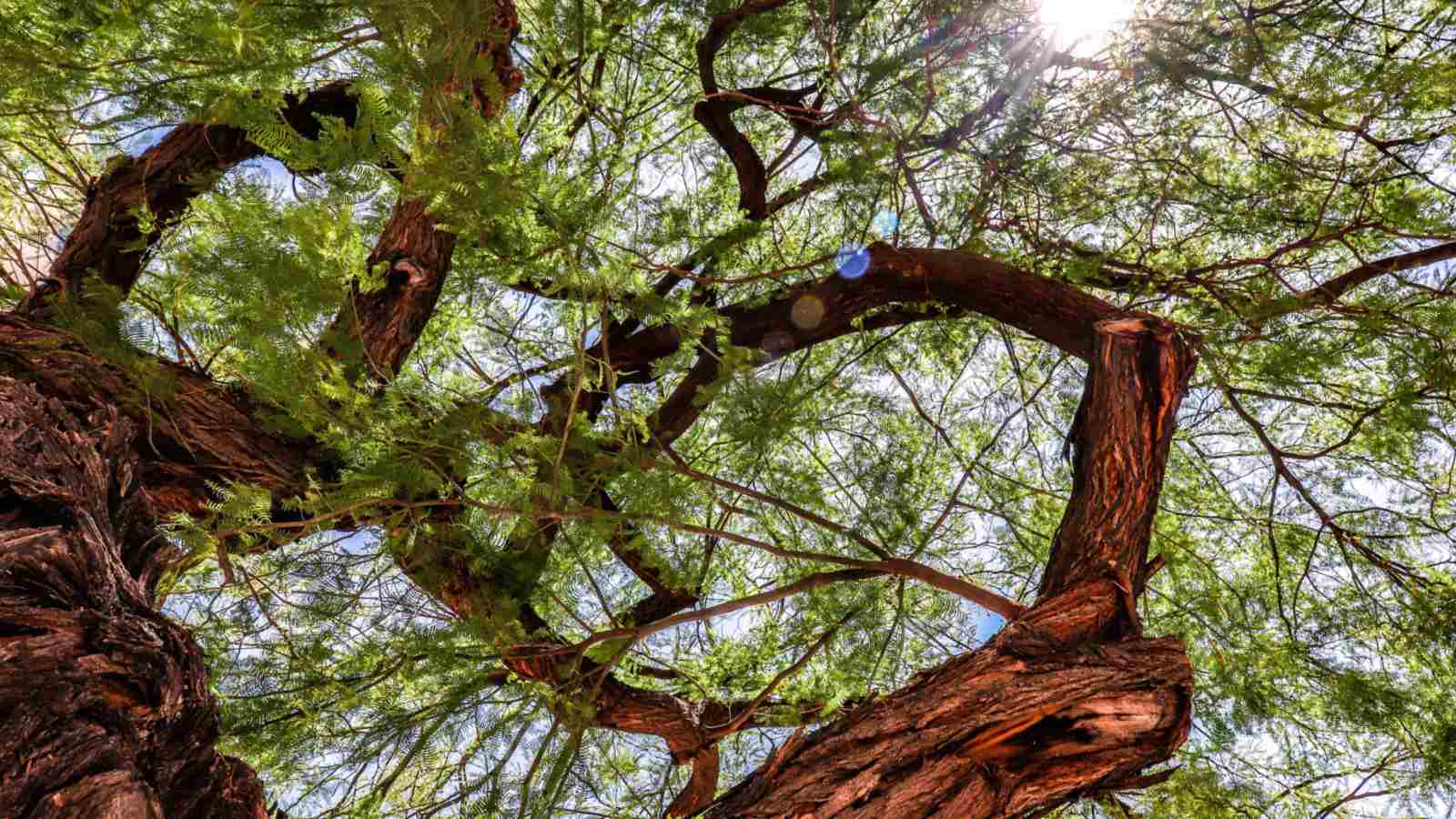Home>Gardening Techniques>Plant Care>Where Do Ginkgo Trees Grow
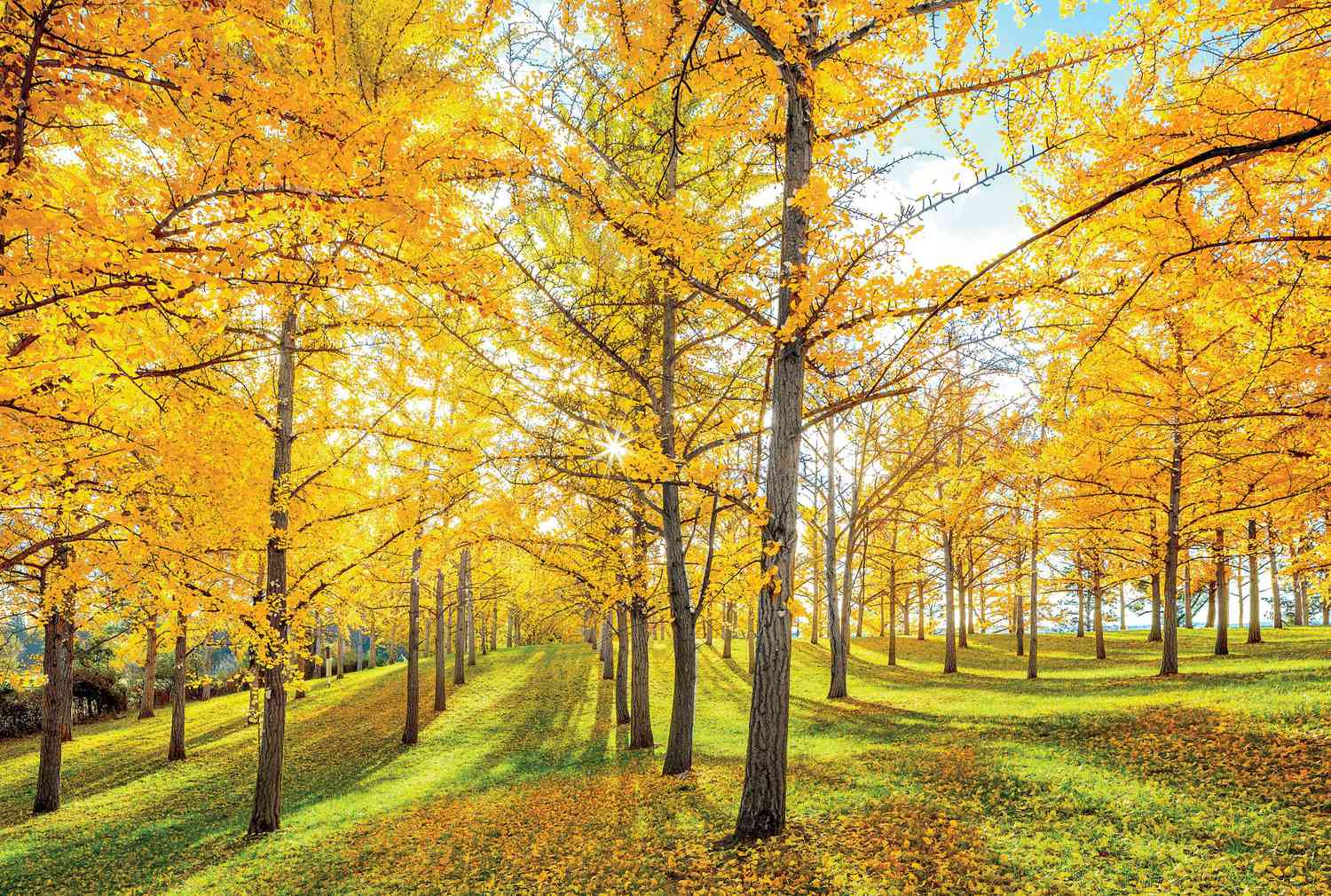

Plant Care
Where Do Ginkgo Trees Grow
Published: November 9, 2023
Discover the ideal conditions for ginkgo tree growth and how to properly care for them. Enhance your plant care knowledge and cultivate thriving ginkgo trees.
(Many of the links in this article redirect to a specific reviewed product. Your purchase of these products through affiliate links helps to generate commission for Chicagolandgardening.com, at no extra cost. Learn more)
Table of Contents
Introduction
Welcome to the fascinating world of ginkgo trees! In this article, we will explore the geographic distribution, natural habitat, climate preferences, cultural and historical significance, economic and medicinal uses, and conservation status of these remarkable trees.
Ginkgo trees, scientifically known as Ginkgo biloba, are one of the oldest surviving tree species on our planet. They are often referred to as “living fossils” due to their remarkable resilience and ability to withstand various environmental conditions.
These unique trees have captured the attention and admiration of people around the world for centuries. From their distinctive fan-shaped leaves to their practical and medicinal properties, ginkgo trees have become an integral part of our cultural and natural heritage.
Whether you are a plant enthusiast, a nature lover, or simply curious to learn more about ginkgo trees, this article will provide you with a comprehensive understanding of their growth patterns, ecological requirements, and significance in human history.
Join us as we embark on a journey to uncover the wonders of ginkgo trees and deepen our appreciation for the beauty and importance of these ancient organisms.
Geographic Distribution
Ginkgo trees are native to China and considered a national treasure in the country. They were first discovered in the fossil records of the Permian period, dating back around 270 million years. Today, ginkgo trees can be found growing in various regions across the world, including Asia, Europe, and North America.
In Asia, ginkgo trees are found in China, Japan, and Korea. They have a significant cultural presence in these countries and are often planted in parks, gardens, and temple grounds. In China, you can find ginkgo trees in provinces such as Henan, Shaanxi, and Sichuan.
In Japan, ginkgo trees are commonly planted along streets and in urban areas, bringing a vibrant touch of autumn colors to the landscape. The Ginkgo Avenue in Tokyo, lined with numerous ginkgo trees, is a popular tourist attraction during the fall season.
In Europe, ginkgo trees have been cultivated for centuries and can be found in various countries, including Germany, France, and the United Kingdom. The cities of Berlin and London, in particular, are known for their ginkgo trees, adding a touch of natural beauty to their urban settings.
In North America, ginkgo trees have been introduced and cultivated in different states and regions. They are commonly found in parks, botanical gardens, and campuses of universities. Some notable locations to see ginkgo trees in the United States include the University of Washington in Seattle and the Brooklyn Botanic Garden in New York.
The distribution of ginkgo trees is not limited to these regions alone. They have also been introduced and cultivated in other parts of the world, such as Australia, South America, and Africa, although their presence may be less widespread compared to their native and more established regions.
Overall, the geographic distribution of ginkgo trees spans across continents, showcasing their adaptability and ability to thrive in various climates and environments.
Natural Habitat
Ginkgo trees have a diverse natural habitat, with variations depending on the region and climatic conditions. In their native range of China, ginkgo trees can be found growing in both temperate and subtropical regions. They are often found in hilly areas, along riverbanks, and in mixed deciduous forests.
These resilient trees have the ability to adapt to different soil types, including sandy, loamy, and clay soils. They can tolerate both acidic and alkaline conditions, adding to their versatility and survival in various habitats.
Ginkgo trees are known for their tolerance to pollution and can thrive in urban areas with poor air quality. As a result, they are often planted along streets and in parks in heavily populated cities, contributing to air purification and beautification efforts.
One interesting aspect of ginkgo trees’ natural habitat is their preference for full sun exposure. They thrive in areas with ample sunlight, which ensures optimal growth and development. However, they can also tolerate partial shade, allowing them to adapt to different light conditions.
In addition to their adaptability to different soils and light conditions, ginkgo trees have a remarkable ability to withstand harsh weather conditions. They can tolerate cold temperatures, making them suitable for regions with freezing winters. However, extreme heat can be detrimental to their health and growth.
Ginkgo trees have also shown resistance to pests and diseases, making them relatively low-maintenance compared to other tree species. This characteristic contributes to their ability to thrive in their natural habitat without being significantly threatened by external factors.
While ginkgo trees have a wide natural habitat range, it is important to note that they have been widely cultivated and introduced to different regions worldwide. Therefore, their current presence and distribution may not accurately reflect their original natural habitat.
Understanding the natural habitat preferences of ginkgo trees highlights their resilience and adaptability, making them a fascinating species to study and appreciate in the natural world.
Climate Preferences
Ginkgo trees have a unique ability to withstand a wide range of climatic conditions, making them adaptable to different regions across the world. However, they do have specific climate preferences that are conducive to their growth and overall health.
Generally, ginkgo trees prefer temperate climate zones. They thrive in regions with distinct seasons, including moderate summers and cold winters. This preference is evident in their native range in China, where they are adapted to the temperate climate of East Asia.
Regarding temperature, ginkgo trees can tolerate a wide range. In their dormant period, they can endure freezing temperatures, withstanding cold winters as low as -30 degrees Celsius (-22 degrees Fahrenheit). However, extreme heat can negatively impact their growth, making them more suitable for temperate or mild climates.
While ginkgo trees can adapt to various soil conditions, they prefer well-drained soils. They thrive in soils that are fertile, loamy, and slightly acidic or neutral. Excessively wet or compacted soils can hinder their growth and lead to root rot.
The rainfall requirements of ginkgo trees are moderate. They can tolerate both dry spells and high humidity, making them versatile in terms of precipitation. However, rainfall distribution throughout the year is crucial for their optimal growth.
One interesting characteristic of ginkgo trees is their resistance to air pollution. They can tolerate urban environments with high levels of pollutants, making them a popular choice for city planners and landscapers looking to improve air quality.
It is important to note that ginkgo trees can adapt to different climates to some extent. They have been successfully cultivated in regions with climates that are outside their preferred range. However, for optimal growth and health, providing them with conditions that align with their natural climate preferences is ideal.
Understanding the climate preferences of ginkgo trees allows us to better appreciate their adaptability and make informed decisions when cultivating them in different regions around the world.
Cultural and Historical Significance
Ginkgo trees hold a profound cultural and historical significance in many societies around the world. They have been revered for centuries and are often associated with deep symbolism, folklore, and religious beliefs.
In China, ginkgo trees are considered a symbol of longevity, resilience, and hope. They are often planted near temples, palaces, and sacred sites. Ginkgo leaves are also used in traditional Chinese medicine to promote overall well-being and cognitive health.
Japan holds a special reverence for ginkgo trees, considering them sacred and a symbol of endurance. The ginkgo leaf is recognized as a national symbol in Japan and is often used in traditional art, pottery, and textile designs.
Ginkgo trees have also made a significant impact in Europe, particularly during the Renaissance period. They were widely cultivated in botanical gardens and royal estates, introduced by explorers and botanists who were fascinated by their unique characteristics.
One notable example is the Ginkgo tree located at the Hiroshima Peace Memorial in Japan, which survived the atomic bombing in 1945. It has since become a symbol of resilience and hope, standing as a testament to the strength of nature and the human spirit.
Beyond their cultural symbolism, ginkgo trees have played a role in human history. Fossil records indicate that ginkgo trees coexisted with dinosaurs millions of years ago. They have also been used in traditional medicine for centuries, with various parts of the tree believed to possess medicinal properties.
The leaves of ginkgo trees are known for their antioxidant properties and have been used to support cognitive function and memory. In modern times, ginkgo extracts are found in herbal supplements and alternative medicine treatments.
With their beautiful foliage and historical importance, ginkgo trees are often planted in parks, gardens, and urban landscapes. They provide shade, enhance the aesthetic appeal of the surroundings, and serve as a reminder of our deep connection to nature.
The cultural and historical significance of ginkgo trees highlights their enduring impact on human civilizations and the profound role they play in our collective heritage.
Economic and Medicinal Uses
Ginkgo trees have not only cultural and historical importance but also significant economic and medicinal value. The various parts of the tree, including the leaves, seeds, and bark, are utilized for a wide range of purposes.
One of the most well-known uses of ginkgo trees is in traditional medicine. Ginkgo leaf extracts have been used for centuries in traditional Chinese medicine to improve cognitive function, enhance memory, and support overall brain health. These extracts are believed to have antioxidant and anti-inflammatory properties that can help protect the brain from damage.
In modern medicine, ginkgo leaf extracts are used in herbal supplements and alternative treatments for various health conditions, such as cognitive decline, vertigo, and tinnitus. However, it is important to note that these uses should be approached with caution and under the guidance of a healthcare professional.
Besides its medicinal uses, ginkgo trees have economic value as well. The seeds or nuts of the ginkgo tree, known as ginkgo nuts, are edible and widely consumed in certain Asian cuisines. Ginkgo nuts, once cooked to remove their fleshy coating, can be roasted, boiled, or used in various dishes such as soups, desserts, and stir-fries. They are appreciated for their unique flavor and texture.
Ginkgo trees also have economic significance in the timber industry. The wood of ginkgo trees is hard and durable, making it suitable for furniture, flooring, and other woodworking projects. Its distinctive grain pattern and light color add an aesthetic touch to these products.
Furthermore, ginkgo trees are often planted as ornamental trees in urban landscapes and gardens. The attractive fan-shaped leaves and vibrant yellow color during the fall season make them a popular choice for landscaping. Their ability to withstand pollution and adapt to various growing conditions makes them well-suited for urban environments.
Overall, the economic and medicinal uses of ginkgo trees have contributed to their commercial value and increased their importance in various industries, ranging from healthcare to culinary arts and woodworking.
Conservation Status
The conservation status of ginkgo trees is categorized as “Least Concern” according to the International Union for Conservation of Nature (IUCN). This designation indicates that they are not currently considered to be at significant risk of extinction.
One of the key factors contributing to the conservation of ginkgo trees is their wide distribution and adaptability. They can thrive in various environments, including urban areas, which has helped increase their population and reduce the risk of decline.
However, it is important to note that ginkgo trees have faced some threats and challenges in their natural habitat. Habitat loss and deforestation due to urbanization, agriculture, and logging can reduce their populations and disrupt their ecosystems.
It is also crucial to consider the impacts of climate change on ginkgo trees. While they are adaptable to different climates, extreme weather events and changes in temperature and precipitation patterns could affect their growth and reproductive success.
Efforts are being made to protect and conserve ginkgo trees, both in their native range and in other regions where they have been introduced. This includes the establishment of protected areas, conservation programs, and the promotion of sustainable cultivation practices.
In some countries, ginkgo trees are legally protected, preventing their indiscriminate felling or destruction. This helps to safeguard their populations and preserve their habitats for future generations.
Educational initiatives and public awareness campaigns are also crucial for promoting the conservation of ginkgo trees. By fostering an understanding and appreciation of their ecological importance and cultural significance, we can encourage sustainable practices and ensure their long-term survival.
Despite their status as “Least Concern,” it is important to continue monitoring and assessing the conservation status of ginkgo trees. Collaborative efforts between scientists, conservation organizations, and governments will play a significant role in ensuring their continued presence and resilience in the face of future challenges.
Conclusion
Ginkgo trees, with their long history and unique characteristics, have captivated humanity for centuries. From their geographic distribution and natural habitat to their cultural and historical significance, these ancient trees continue to amaze and inspire us.
With their wide geographic distribution, ginkgo trees can be found in various regions across the world, symbolizing resilience and adaptability. They thrive in temperate climates, with specific preferences for well-drained soils and moderate rainfall.
The cultural and historical significance of ginkgo trees is deeply rooted in many societies. They hold symbolism of longevity, endurance, and hope, and are associated with traditional medicine in different cultures.
Moreover, ginkgo trees have economic value, both as a source of edible nuts and as timber for woodworking projects. Their ornamental value in urban landscapes and gardens adds aesthetic appeal and contributes to their commercial importance.
Conservation efforts are underway to protect ginkgo trees and their habitats, recognizing the potential threats they face from deforestation and climate change. Legal protection, conservation programs, and public awareness campaigns are vital for preserving the diverse ecosystem services and cultural heritage associated with ginkgo trees.
While ginkgo trees are currently classified as “Least Concern,” their ongoing conservation is essential to ensure their continued presence in our world. By appreciating and understanding the ecological, cultural, and economic significance of ginkgo trees, we can foster a deeper connection with the natural world and promote sustainable practices for their preservation.
Let us embrace the beauty and resilience of ginkgo trees, cherishing them as living links to our past and as valuable assets for future generations to marvel at and benefit from.
